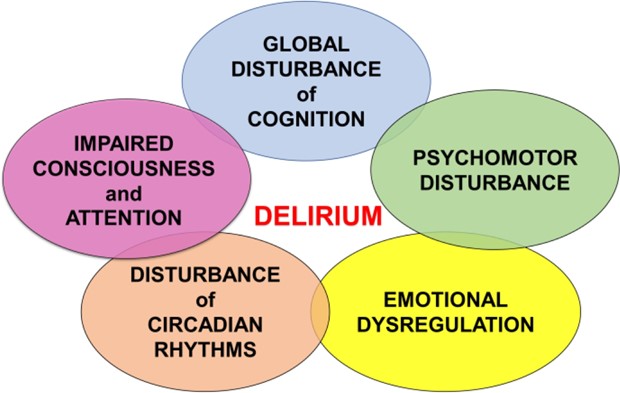A nurse is discussing the stages of general adaptation syndrome with a newly licensed nurse.
The nurse should identify that which of the following manifestations occurs during the alarm reaction stage.
Depression.
Dilated pupils.
Bradycardia.
Physical exhaustion.
The Correct Answer is B
This is because during the alarm reaction stage of general adaptation syndrome, which is also known as the fight-or-flight response, the sympathetic nervous system is activated by the sudden release of hormones.
This hormone release causes physical symptoms such as dilated pupils.
Choice A is wrong because depression is not a manifestation that occurs during the alarm reaction stage of general adaptation syndrome.
Choice C is wrong because bradycardia, or a slow heart rate, is not a manifestation that occurs during the alarm reaction stage of general adaptation syndrome.
Instead, an increase in heart rate is a common physical sign during this stage.
Choice D is wrong because physical exhaustion is not a manifestation that occurs during the alarm reaction stage of general adaptation syndrome.
Physical exhaustion occurs during the final stage of general adaptation syndrome, which is known as the exhaustion stage.
Nursing Test Bank
Naxlex Comprehensive Predictor Exams
Related Questions
Correct Answer is D
Explanation
“Delirium has an abrupt onset.” Delirium is a serious change in mental abilities that results in confused thinking and a lack of awareness of someone’s surroundings.
The disorder usually comes on fast — within hours or a few days.

Choice A is wrong because delirium does affect a client’s perception of her environment.
Choice B is wrong because delirium does not have a slow progression, but rather an abrupt onset.
Choice C is wrong because delirium can affect a client’s sleep cycle.
Correct Answer is D
Explanation
Schedule the client as the first surgical procedure of the day.
When scheduling a surgical procedure for a patient with a latex allergy, it is recommended to schedule them as the first case of the day.
Choice A is wrong because removing the stopcocks from IV tubing does not address the issue of latex allergy.
Choice B is wrong because cleansing the stoppers with povidone-iodine before withdrawing medication does not address the issue of latex allergy.
Choice C is wrong because powdered gloves can contain latex and should be avoided for patients with a latex allergy.
Whether you are a student looking to ace your exams or a practicing nurse seeking to enhance your expertise , our nursing education contents will empower you with the confidence and competence to make a difference in the lives of patients and become a respected leader in the healthcare field.
Visit Naxlex, invest in your future and unlock endless possibilities with our unparalleled nursing education contents today
Report Wrong Answer on the Current Question
Do you disagree with the answer? If yes, what is your expected answer? Explain.
Kindly be descriptive with the issue you are facing.
